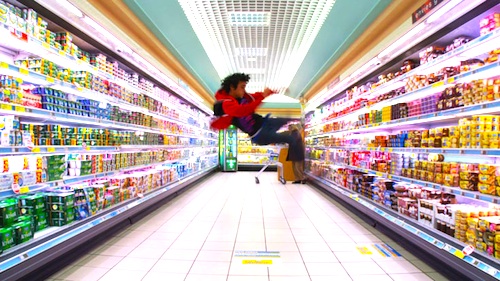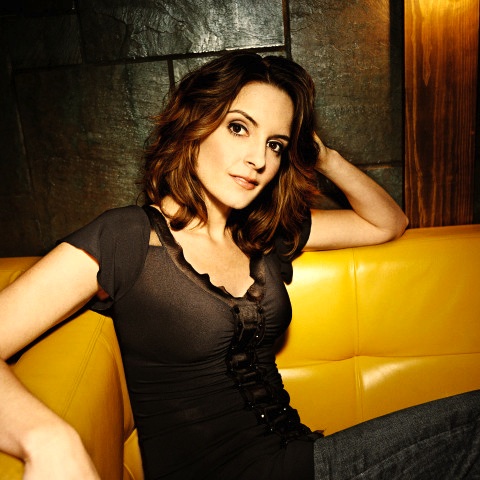By Joe Bendel. The wave of protests sweeping the Middle East started in Iran, but it was the Islamist government that supplied all the rage. Their crackdown was swift and violent. The almost-revolution was not televised, but it was on YouTube, where a young Iranian expat breathlessly follows the tumultuous events rocking her country from the safety of France in David Dusa’s Flowers of Evil, which screens at the 2011 Tribeca Film Festival.

When the French-Algerian Rachid (a.k.a. Gekko) first meets Anahita, he does not make a strong impression. He is the one carrying her bags when she checks into her upscale hotel. It is not snobbery. The attractive Iranian is understandably preoccupied with the government’s brutal response to the “Green” pro-democracy demonstrations. It is not just political. She has a number of friends and relatives ominously missing. Yet Rachid’s joie de vivre appeals to her, particularly as she faces the reality of Iranian oppression.
Anahita and Rachid initially connect through Facebook, and social media is deeply ingrained in their daily lives. Though both are Muslim, their socio-political backgrounds are radically different. Naturally she is the moderate, though he wisely refrains from judging her occasional glass of wine (much). Initially they appear to be a good match, with Anahita drawing off his energy, while he learns from her to appreciate the French culture he had always taken for granted. She even introduces him to the poetry of Baudelaire (hence the title). Unfortunately, her survivor’s guilt often manifests itself in bouts of depression, which the immature Rachid has little patience for. Continue reading LFM Review: Flowers of Evil @ Tribeca 2011
